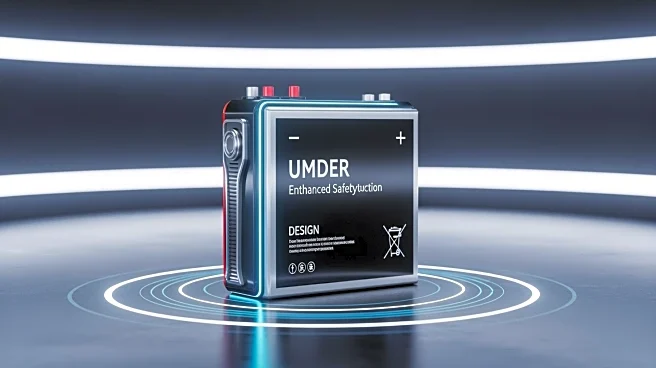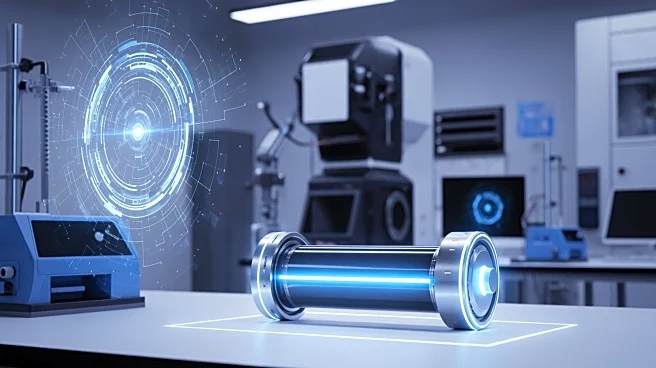What's Happening?
Researchers at the Chinese University of Hong Kong have developed a new design for lithium-ion batteries that significantly reduces the risk of fires. The innovation involves altering the electrolyte material
within the battery, which traditionally consists of a lithium salt dissolved in a solvent. This change prevents the rapid release of chemical energy that can lead to fires or explosions when the battery is damaged. The new design uses a solvent called lithium bis(fluorosulfonyl)imide, which bonds with lithium only at higher temperatures, thus preventing the thermal runaway process that causes fires. This advancement could lead to the mass production of safer batteries within three to five years.
Why It's Important?
The development of safer lithium-ion batteries is crucial as these batteries are widely used in smartphones, laptops, and electric vehicles. The risk of fires has been a significant safety concern, leading to recalls and safety warnings. By reducing the likelihood of thermal runaway, this new design could enhance consumer safety and confidence in battery-powered devices. It also has the potential to impact industries reliant on battery technology by reducing liability and insurance costs associated with battery fires. Furthermore, this innovation could drive advancements in electric vehicle technology, making them safer and more appealing to consumers.
What's Next?
The next steps involve further testing and refinement of the new battery design to ensure its reliability and efficiency. Researchers aim to incorporate these findings into the next generation of batteries, with mass production anticipated in the coming years. This development may prompt other companies and researchers to explore similar innovations, potentially leading to a broader industry shift towards safer battery technologies. Regulatory bodies may also update safety standards and guidelines to incorporate these advancements.











